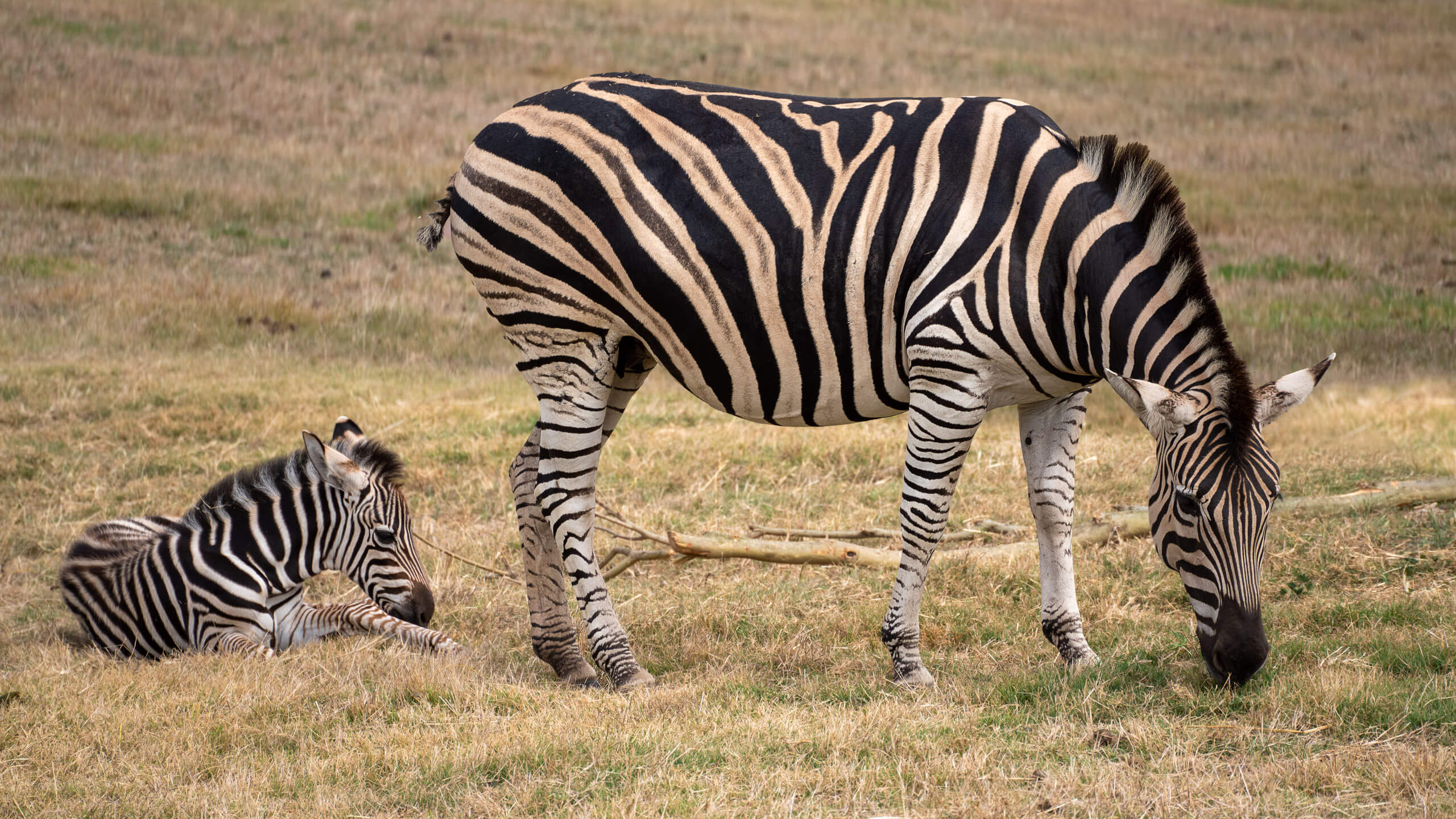Capturing the beauty of wildlife is anchored on the importance of practice, perseverance and patience. You also need to work on developing the qualities and skills needed for successful animal photography.
Photographing animals is a thrilling and rewarding experience. But it can also be frustrating and challenging. Whether you are trying to capture the majesty of a lion on the African Savannah (or at the zoo), or the playful antics of a squirrel in your backyard, the key to success is practice, perseverance and patience.
Practice
First and foremost, practice is essential to improving your skills as an animal photographer. This means getting out there and taking photos as often as you can, experimenting with different angles, lighting and camera settings. It also means studying the work of other photographers and learning from their techniques and approaches. There are countless resources available online and in print that can help you develop your skills, from tutorials on composition and exposure to reviews of the latest camera gear. Having a Member’s Pass to a local zoo is a terrific way to practice.
Perseverance
But even with practice, capturing great animal photos can be a challenge. Animals move quickly and unpredictably, making it difficult to get the perfect shot. This is where perseverance comes in. You may have to spend time, often hours, to get the perfect image. It may be a lion yawning, a bird taking flight or a fox peeking out of its den. You may have to endure uncomfortable weather conditions or even travel long distances to get to the right location. But if you are willing to put in the time and effort, you will eventually be rewarded with the perfect shot.
Patience
Patience is perhaps the most important quality for a photographer to possess. Animals don’t always cooperate, and even the best-laid plans can go astray. You may set up your equipment and wait for hours, only to have the animal you’re trying to photograph never even appear. Or, you may get the perfect shot, only to realize later that it’s slightly out of focus or poorly exposed. In these situations, it’s important to remember that even the most experienced photographers make mistakes and that every failed attempt is an opportunity to learn and improve.
One way to cultivate patience is to approach animal photography as a form of meditation. Focus on being in the moment, letting go of any distractions or worries. Take deep breaths and observe the world around you, waiting for the perfect moment to capture an image. This kind of mindfulness can help you stay calm and centered. Live in the moment.
Respect
Another key to success in animal photography is to respect the animals you are photographing. This means not disturbing their natural habitats or behaviors, and avoiding any actions that could harm them. It’s important to remember that animals are not simply props for your photographs, but living creatures with their own needs and desires. By approaching them with kindness and compassion, you will not only be a better photographer but maybe a better human being as well.
In addition to these qualities, there are a few technical skills that are essential for successful animal photography. One is the ability to anticipate the behavior of the animals you are photographing so that you can be ready to capture the perfect moment. This requires a good understanding of animal behavior and body language, as well as quick reflexes and a keen eye for detail.
Technique
Another important skill is the ability to work with different types of light, from bright sunlight to low light conditions. This involves mastering exposure settings, as well as understanding how to use different types of lighting equipment, such as reflectors or flash units. Remembering that many flashes or speedlights may be harmful or at the very least startling to many animals.
In conclusion, photographing animals can be a challenging and rewarding pursuit. It requires practice, perseverance, and patience. By building on these qualities, as well as developing technical skills and respect for the animals you are photographing, you can capture stunning images that not only showcase the beauty of the natural world but also your unique talents. This is the true even if you are only at the zoo or local nature park.
All of these animals were photographed at Werribee Open Range Zoo, with Sony a7RIII and Tamron 70-300mm lens. AP Mode, Auto ISO, Minimum shutter speed 1/1000 second.
Source link







Leave a Reply